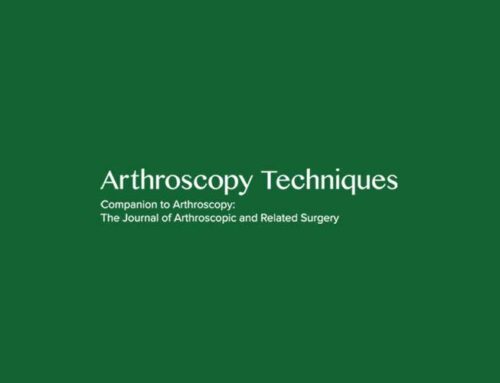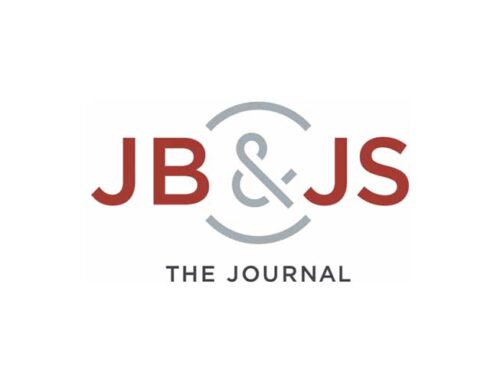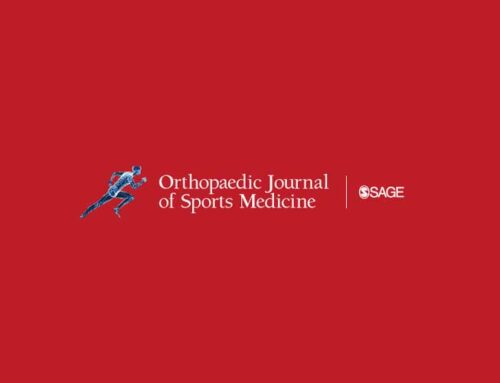PURPOSE:
To define minimal clinically important difference (MCID) and substantial clinical benefit (SCB) in revision hip arthroscopy.
METHODS:
The modified Harris Hip Score (mHHS), the Hip Outcome Score (HOS), and the international Hip Outcome Tool (iHOT-33) were administered to revision hip arthroscopy patients. At 1 year postoperatively, patients graded their hip function based on anchor responses. SCB was defined as both a net change and an absolute value. Receiver operating characteristic analysis with area under the curve was used to confirm psychometric values. A distribution-based method was used for MCID.
RESULTS:
Forty-nine patients were included with a mean age of 29.7 (±8.6) years. The most common indication for revision hip arthroscopy was residual femoroacetabular impingement (FAI; N = 34; 69.4%) followed by capsular management (N = 8; 16.3%). At 1-year follow-up, 34 patients reported feeling improved. Outcome score change corresponding to MCID and SCB net change for the mHHS, HOS Activities of Daily Living (ADL), HOS Sports, and iHOT-33 was 7.9/23.1, 7.9/16.2, 13.1/25.0, and 12.8/25.5, respectively. A higher proportion of patients with residual FAI achieved MCID compared with patients with other diagnoses. On the preoperative HOS ADL, HOS Sports, and iHOT-33, patients scoring below 67.7 (0.78), 55.6 (0.81), and 35.7 (0.73) were significantly more likely to achieve SCB postoperatively. Thirty-four patients (73.9%) were classified as receiving physical function improvement, and on the HOS Sports, MCID was achieved by 65% whereas 43% met the SCB criteria.
CONCLUSIONS:
MCID values ranged from 7.9 on the mHHS and the HOS ADL to 13.1 on the HOS Sports. SCB net change ranged from 16.2 on the HOS ADL to 25.2 on the iHOT-33, whereas absolute SCB ranged from 82.4 on the iHOT-33 to 84.7 on the mHHS. Residual FAI and capsular management were the most common indications for revision surgery with patients who underwent surgery for the former found to be most likely to achieve clinically significant improvement.
LEVEL OF EVIDENCE:
Level IV, case series.



